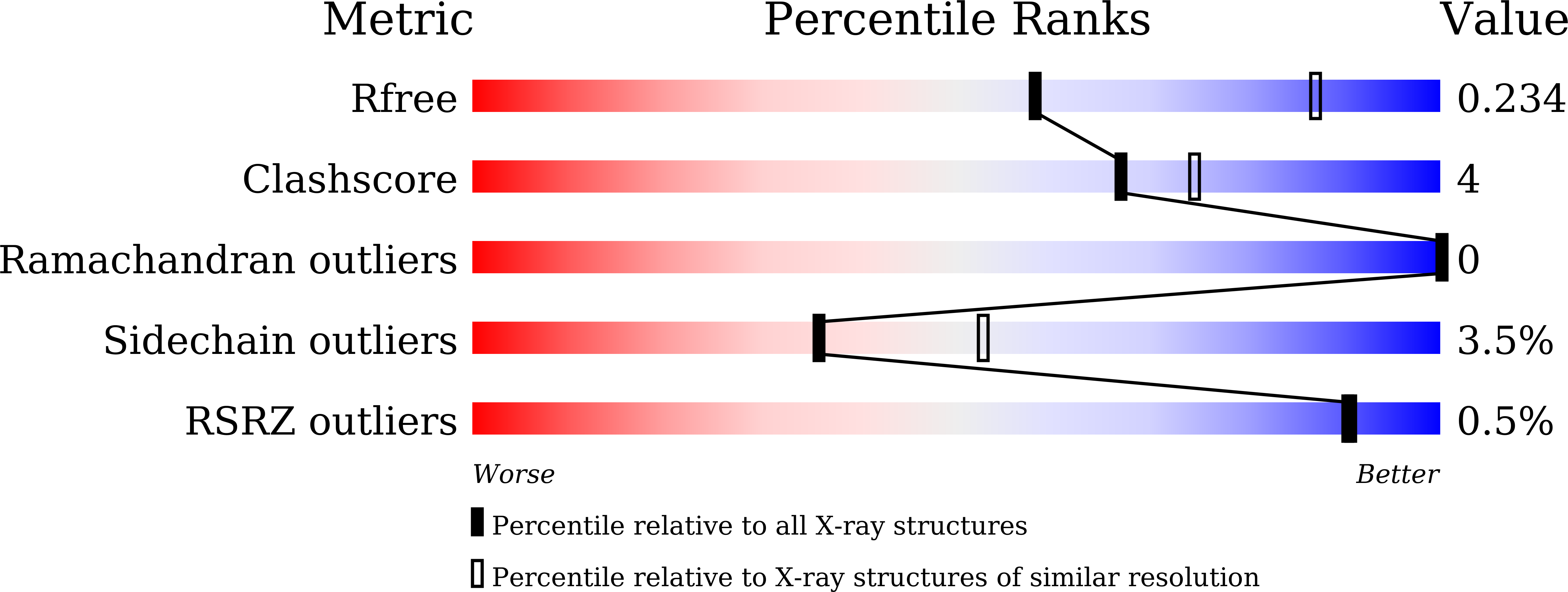
Deposition Date
2021-07-02
Release Date
2022-01-19
Last Version Date
2024-10-09
Entry Detail
PDB ID:
7F8S
Keywords:
Title:
Pennisetum glaucum (Pearl millet) dehydroascorbate reductase (DHAR) with catalytic cysteine (Cy20) in sulphenic and sulfinic acid forms.
Biological Source:
Source Organism:
Cenchrus americanus (Taxon ID: 4543)
Host Organism:
Method Details:
Experimental Method:
Resolution:
2.63 Å
R-Value Free:
0.25
R-Value Work:
0.20
R-Value Observed:
0.20
Space Group:
P 43 21 2


